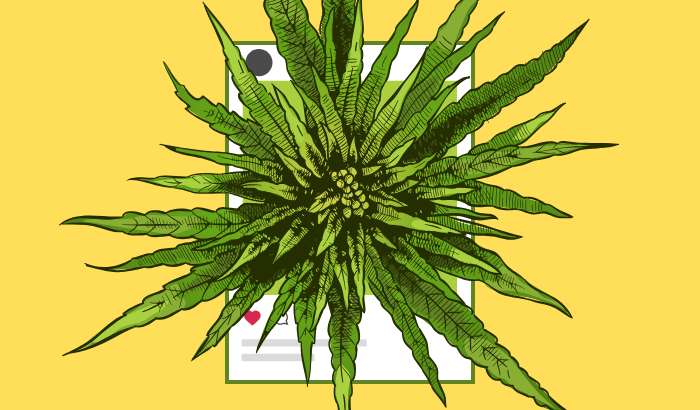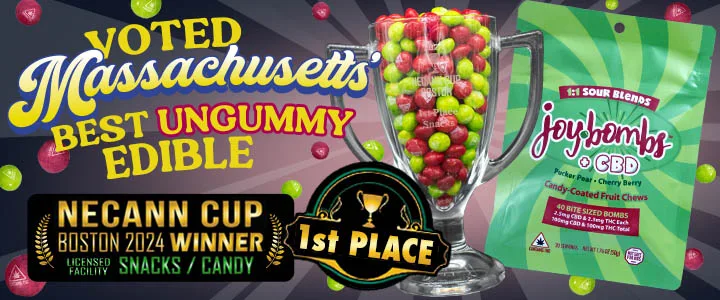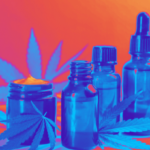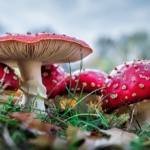
There are no guarantees on prohibitionist platforms, but these tips could help keep your account in the clear
The issue comes up every time that people who work in weed media and marketing get around to commiserating: How the hell are we supposed to communicate in online spaces that eschew cannabis and even penalize pot posters? And furthermore, Is it insane to invest time or money in something that could disappear at any moment or at least cause constant consternation?
The answers to those questions, of course, are: Nobody really knows, and, Yes, it is. Still, we must endure in search of seats at the attention table. And cannabis companies are hardly alone when it comes to these purges, suspensions, and shadow bans; private individuals and influencers also lose their Instagram accounts for posting about grows, products, or puffing just as often and confusingly as businesses do.
We’re not so presumptuous as to suggest that any of us are social media maestros. People on our team have made significant noise outside of cannabis, but our luck promoting green content on IG has been as awful as it has been for countless others. An early Talking Joints Memo account fully vanished, and we were frozen out of a subsequent handle that embarrassingly still exists. Our third attempt has less than noteworthy yet steady growth, which we will settle for under the circumstances.
But enough about us. More importantly, we have formally and informally interviewed hundreds of cannabis marketers, publicists, outreach managers, executives, and others whose job is to navigate emerging media, and in those chats we often discuss Meta’s outrageous treatment of weed enterprises, as well as clever ways to dodge the doghouse. Below, we compiled the most useful and creative maneuvers for IG users to deploy at their own risk.
–Save your disclaimers about how there are no products for sale on your page—no one’s falling for them. You can say that you’re not selling anything, but if your business really does profit from the sale of whichever melt, flower, vape, or whatever you’re posting pics of, then cut the bullshit. You’re much better off being truthful and knowing what you can and can’t do. Speaking of which …
–Know the rules. Whether you work within or outside the permitted parameters is your decision, but either way you should know what’s allowed and what isn’t. Here goes: “Instagram doesn’t allow people or organizations to use the platform to advertise or sell marijuana, regardless of the seller’s state or country. Our policy prohibits any marijuana seller, including dispensaries, from promoting their business by providing contact information like phone numbers, email addresses, street addresses, or by using the “contact us” tab in Instagram Business Accounts. However, we do allow people to include a website link in their bio information.”
–Don’t buy phony followers. This should be a given, yet companies are still padding their clout with fraudulent accounts. Sure, they’re way more realistic and less Russian than they were even a year ago, but they still raise more red flags than the Kremlin during the Cold War. And when you’re in the weed game, legal or otherwise, that’s not the kind of attention you want.
–Use stories. And reels. Hell, go live! Manipulate new features when they show up. Most of your problems will come from posts that you publish in your regular feed, but while those linger forever and are especially susceptible to later scrutiny, video posts are more fluid and less likely to gain the attention of people who will report you.
–Get a friend who works at Meta. We can’t reveal any additional details, but seriously, we hear that it works.
–Don’t have models who in any way look like they could be under 21 anywhere near pot but especially not touching or consuming cannabis in any form. While some of these pointers may seem intuitive, this one must not be, since we frequently see dispensaries posting pics of people who are probably in their twenties but could easily be mistaken for teenagers. They’re not always blowing giant clouds, but again, it’s just better to preemptively avoid potential red flags.
–Police the comments underneath your posts. One of the social media managers we spoke to for this said that one of the most effective ways to neutralize a competitor’s Instagram is to fill their comments with prohibited hashtags and buzzwords. While you’re at it, go ahead and mute, ban, or excommunicate any troll as soon as there is the slightest inclination that a person might be trouble. They are vermin, and if you don’t extinguish them, they will multiply and fester.
–Don’t use weed-related hashtags. None of them, not even ones you think are safe. It’s the advice you never want to hear, but it’s true. Hashtags are how Meta busts you for weed stuff most of the time, so don’t put a target on your back unless you’re ready for the consequences.
–Lean into any community work, giving, and general philanthropy your business is (hopefully) doing. Instead of posting one sporadic pic of your team posing at a day of service to every 20 Instagram stories that tiptoe around product promo, flip the script for a few months and use your clout mostly for good. Publish daily updates about giving back and show your heart is really in it. Everybody wins; it’s a hiatus from ducking Meta’s censors, and you entertain your followers while doing meaningful public service.
–Most importantly, remember that with few exceptions, Instagram means very little. Most customers who will visit your cannabis dispensary or purchase your product aren’t on the socials as much as they are in their communities—whether that’s the literal neighborhood where they live, or perhaps they’re doing or reading something they enjoyed long before hashtags. Businesses that obsess over their standing on Instagram are not only often ignoring other platforms and outlets that can better target valuable demographics, they’re also spending resources and energy to reach users in other cities, states, and even countries. As one freelance media consultant told us, for one of his clients, losing their Instagram account was the best thing that happened to them, because it forced them to get more creative in their marketing and advertising once and for all.

























